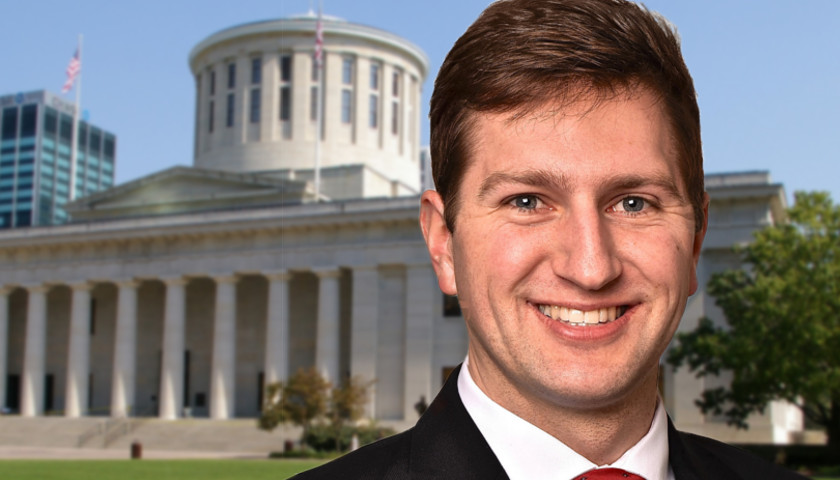by Bethany Blankley
State government must reduce or hold its spending to match the growth in inflation and population to reverse employment plight and economic stagnation, The Buckeye Institute says in its updated brief, “Sustaining Economic Growth: Tax and Budget Principles for Ohio.”
It argues, “Policymakers must be wary about increasing government spending to dangerous levels and choosing to reduce taxes for only a few rather than adopting across the board tax cuts that would help grow the economy.”
The institute urges the Legislature to return $658 million in surplus to taxpayers “through permanent lower taxes,” which it argues “would lead to 6,600 more jobs annually while encouraging more economic activity and business investment.”
The report comes after newly released employment data from the Ohio Department of Job and Family Services (JFS), which shows slowed job growth.
Ohio’s unemployment rate was 4.3 percent in April 2019, down by 0.1 percent in March, and by 0.3 percent from April 2018. Statewide, there were 11,000 less people filing unemployment claims in April than in March. Over the last 12 months, 15,000 less people filed unemployment claims.
The U.S. unemployment rate for April was 3.6 percent, down from 3.8 percent in March and down from 3.9 percent in April 2018.
“April was a disappointing month for job growth in Ohio,” Andrew J. Kidd (pictured above), an economist with The Buckeye Institute’s Economic Research Center, said in a statement.
“The state saw no net job increase in the private sector and March’s numbers were revised downward to only 1,200 new jobs created,” Kidd added. “Although the unemployment rate continued to fall to 4.3 percent, the labor force participation rate saw only a slight increase to 62.8 percent, which raises concerns that people searching for jobs have either stopped looking or left the state.”
Ohio’s nonagricultural wage and salary employment increased by 1,400 from March to April 2019, according to the latest business establishment survey conducted by the U.S. Department of Labor. The private service-providing sector added 200 jobs, the financial sector added 2,000 jobs, and the professional, scientific and technical and technical services sector added 1,600 jobs over the same time period.
Government employment also increased by 1,400; local government jobs accounted for half of them, JFS reports.
Employment in goods-producing industries decreased, with losses in manufacturing, mining and logging, and trade, transportation and utilities, according to JFS.
“One area that draws the most concern is the trade, transportation, and utilities sector, which lost 2,400 jobs in April,” Kidd adds. “As trade tensions with China increase, and job loss in this area of the economy continue, policymakers should be worried that new tariffs will do more harm to Ohio’s families and businesses.”
While President Trump’s threat of a 25 percent tariff on about $325 billion worth of Chinese imports, and China’s proposed retaliation, is a real concern, the Buckeye Institute argues, state policy makers have gone too far in spending and need to cut back in order to alleviate unnecessary burdens on taxpayers at home.
The proposed House budget “advances good tax policy by eliminating some tax credits and loopholes for private jets and movie studios,” Rea S. Hederman Jr., executive director of the Economic Research Center and vice president of policy at the institute, says. But “the budget increases taxes on Ohio’s entrepreneurs and small businesses, which will slow economic growth and job creation.”
“Given the budget comes at a time of economic expansion, policymakers have the perfect opportunity to pursue meaningful, sustainable pro-growth reforms that will make Ohio a national economic leader,” Hederman adds.
Kidd, who is co-author of the report, argues that, “Returning surpluses to taxpayers – rather than using them to increase government spending – will help grow Ohio’s economy and create more jobs for Ohioans.”
The report also recommends that the state lower Ohio’s commercial activity tax and the individual income tax; simplify Ohio’s tax code (standardize municipal tax collections and increase local government efficiency); and tie state spending to inflation and population growth.
– – –
Bethany Blankley is a The Center Square Contributor.





